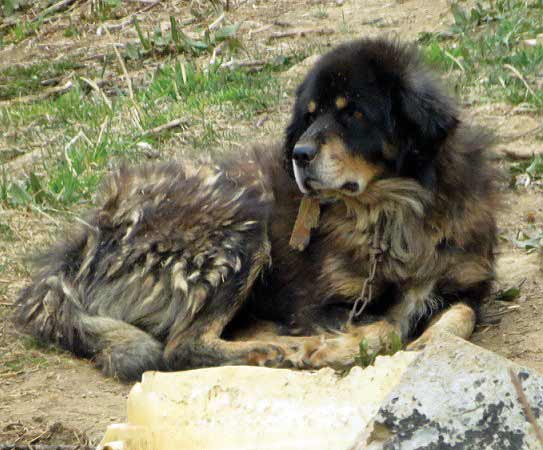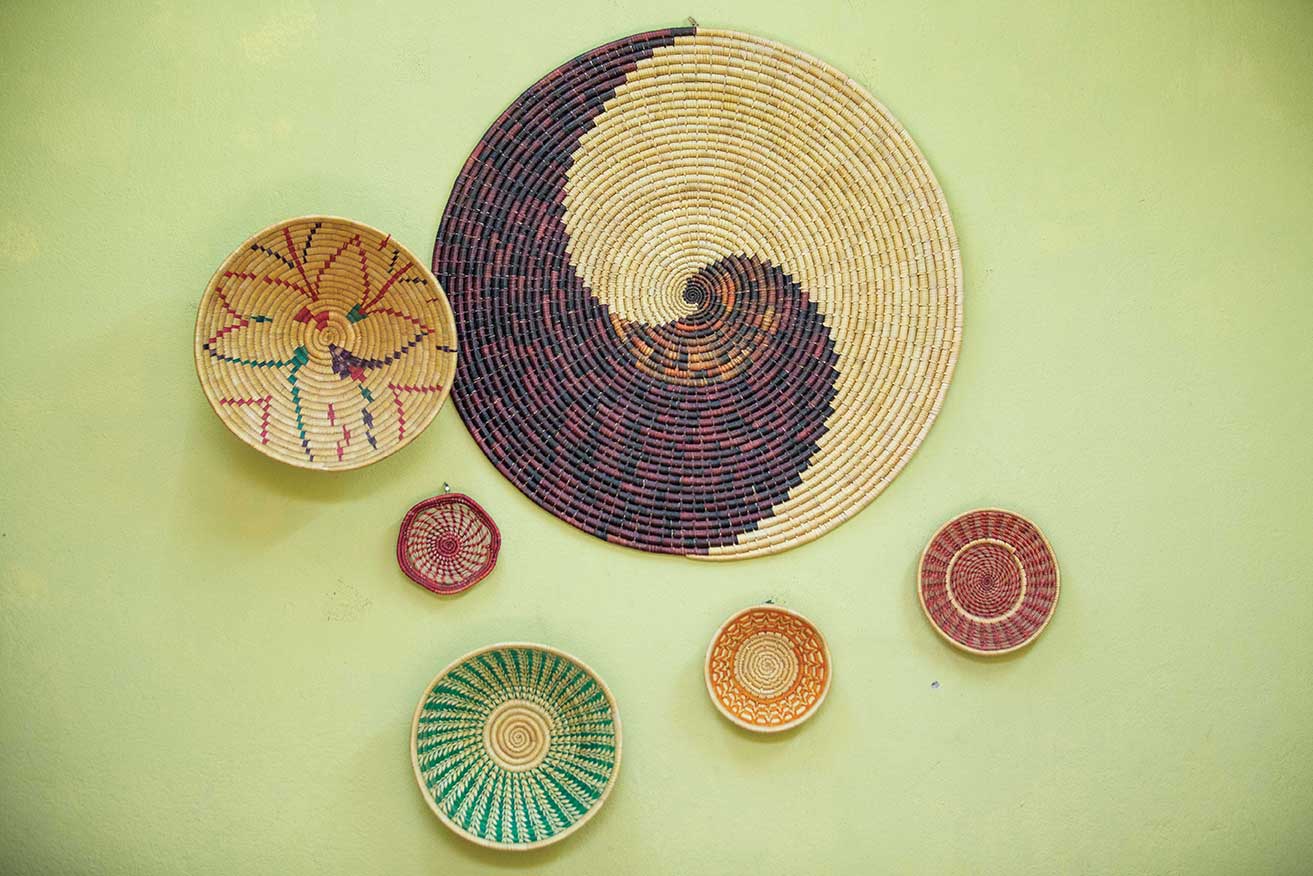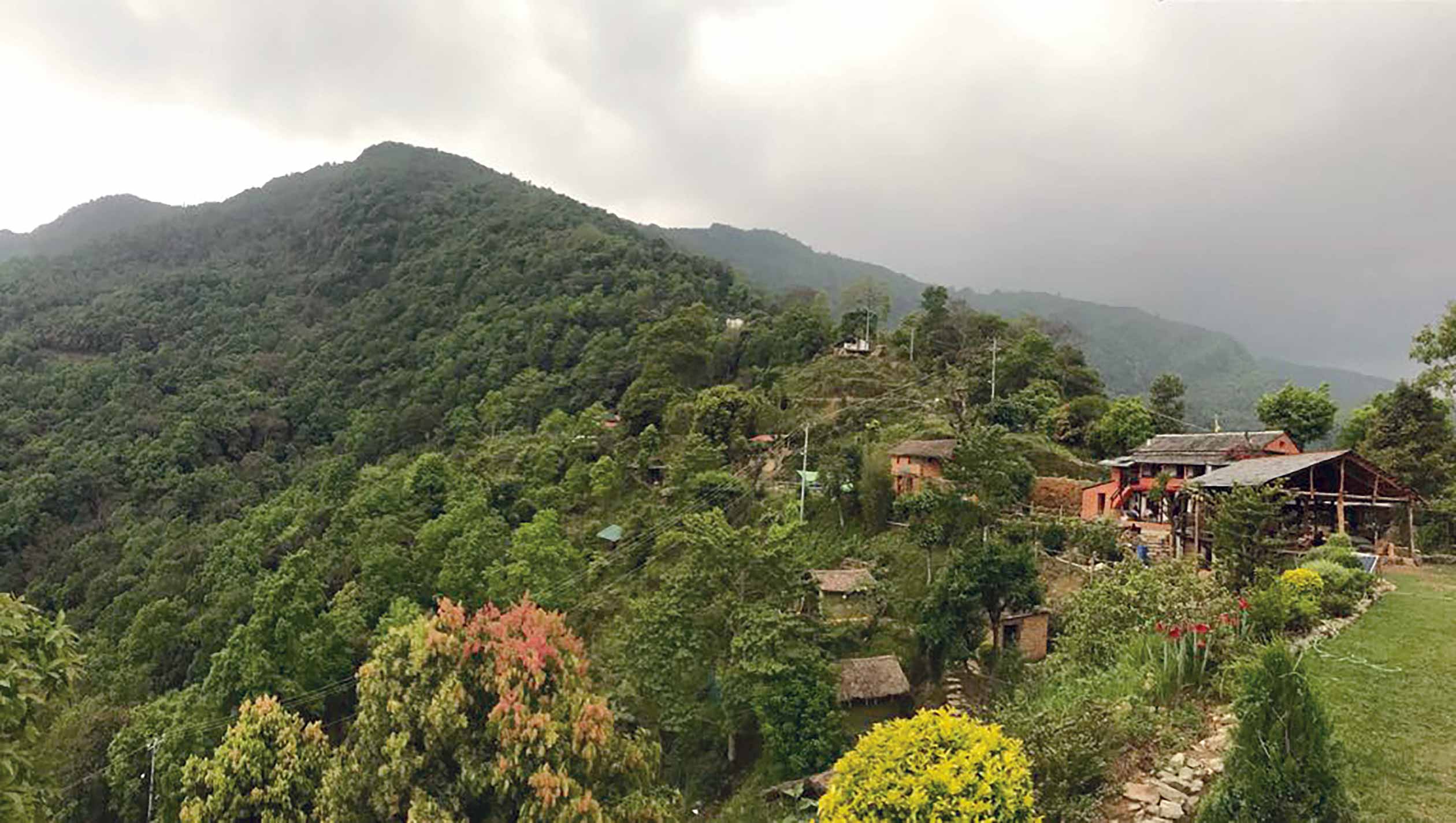"Creativity is not the production of the best idea for a given problem or dilemma. Rather, creativity is the generation of lots and lots of ideas.” (Anthony D. Fredericks, in ‘Eureka! The idea factory...’) (Anthony D. Fredericks, in ‘Eureka! The idea factory...’) Bubbling right brain creativity
Creativity comes in many ways. Sometimes singly in response to an immediate need, like an editorial deadline. Or maybe it’s inspired by reading back issues, as one good idea begets another. Aha!, you say, I could write about Pokhara article from a different angle! Or, I have a better idea for describing that art exhibit.
But these are single story ideas. To be creative, Anthony Fredericks wants lots and lots of ideas. He wants you to generate them in clusters of possibility, all at once. It’s easy. It’s fun. Here’s how.
Start off with a big topic like ‘Oceans’, says Fredericks, then list some of its parameters; for example: ‘Names’ (Pacific, Atlantic, Indian, etc.), ‘Creatures’ (whales, sharks, jellyfish...), ‘Features’ (islands, seamounts...), and ‘Events’ (tides and tsunamis...). But lists are boring.

Once you have a big starter idea down, brainstorm. Let your mind flow, jot down ideas, circle each and connect them. Soon you’ll see that what you’ve got is no longer a singular answer to your “oh-my-gosh-what’ll-I-write-about-next panic.” As you fill out the page, you will see a great swath of possibilities bubbling up. Under ‘Mountain Rescue’, for example, you might have Training, Tools & Equipment, Health & AMS (Acute Mountain Sickness), the Himalayan Rescue Association, and so forth.
Right brainers calls this process “clustering”. It leads to the ‘natural’ way of writing, they say. It’s based on free association, prodding the subconscious mind into creative action by moving the thought processes away from one-at-a-time, list-oriented left hemisphere brain thinking to right hemisphere lateral-thinking where creativity flourishes. Right brain theorists call the brain’s left hemisphere the “sign mind” and the right hemisphere the “design mind”.
Lots of folks have written about design mind functions, well back into the last century. Tony Fredericks, the “lots and lots of ideas” guy, also writes about it, but he calls it “divergent thinking” or “thinking out of the box”. It’s the opposite of “convergent thinking”, which stifles creativity. Instead of panicking about what single topic to write about next (a limited left brain output), go lateral and generate a broad variety of potential topics (out of the right brain). Fredericks doesn’t use right brain terminology, nor the word “clustering”. But, he could have. The result is the same.
Consider those little bubbles on the page, the circles you’ve drawn around all your ideas. Circling them helps you focus. They’re the output of divergent thinking, and divergent thinkers, says Fredericks, are on a continual search for ideas, constantly jotting down ideas. They do it whenever and wherever―while reading the newspaper, for example, or while putting on makeup in the morning, while walking to work or riding the bus, while weeding the garden or playing with the children. Anytime. Anywhere.
Print your big idea on a page. Cluster sub-topics and parameters around it. Circle them, and link them up. Consider the possibilities. Let the ideas flow, lots and lots of ideas. Then, savor the intensity, the inspiration, the creativity! Bubbling over.
Good Writing.
Anthony Fredericks article, ‘Eureka! The idea factory: Generating ideas hundreds at a time’, appeared in a recent Writers’ Journal magazine. It was the big idea that helped generate this essay. Dorothea Brande’s Becoming a Writer was first published in 1934, and recently re-issued. Gabriele Rico’s Writing the Natural Way: Using Right-Brain Technique shook up the writing world in 1983. It was expanded and re-issued with more bubbles in 2000.
Don Messerschmidt is a freelance writer and contributing editor to ECS Nepal magazine. Contact him at don.editor@gmail.com.










